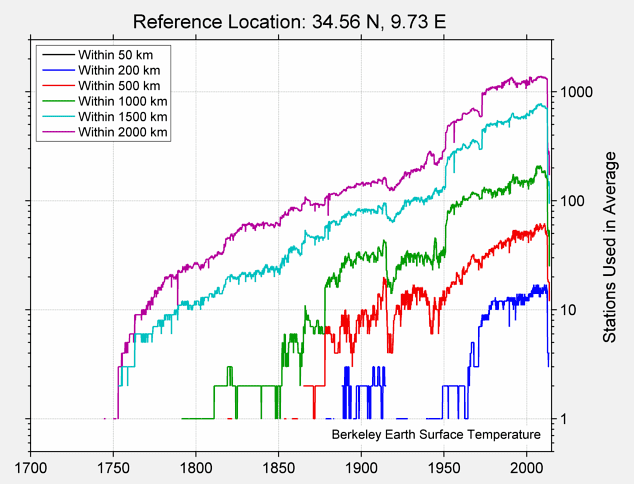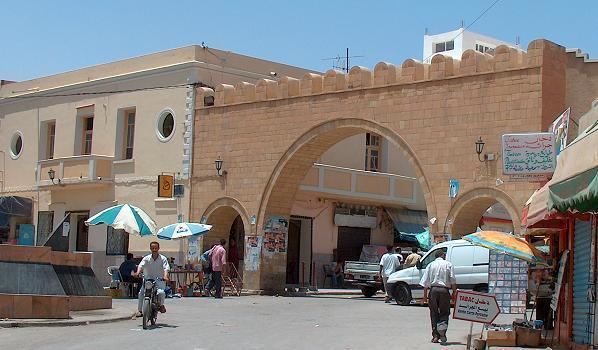Country Population 111,170 | Governor Gafsa | |
 | ||
Map of Gafsa
Gafsa (Tunisian Arabic: ڨفصة Gafsˤa), originally called Capsa in Latin, is the capital of Gafsa Governorate of Tunisia. It lends its Latin name to the Mesolithic Capsian culture. With a population of 105,264, Gafsa is the 9th-largest Tunisian city.
Contents
- Map of Gafsa
- Metlaoui train tour gafsa tunisia
- Tunisia gafsa young people
- Overview
- Ancient history
- Bishopric
- Recent history
- Transport
- Sport
- Media
- Twin towns Sister cities
- References

Metlaoui train tour gafsa tunisia
Tunisia gafsa young people
Overview

Gafsa is the capital of the southwest of Tunisia and is both a historical oasis and home to the mining industry of Tunisia. The city had 111,170 inhabitants at the 2014 census, under the ruling of the mayor, Malek Necibi. The city lies 369 km (229 mi) by road southwest of Tunis. Its geographical coordinates are 34°25′N 8°47′E.
Ancient history
Excavations at prehistoric sites in the area have yielded artefacts and skeletal remains associated with the Capsian culture. This Mesolithic civilisation has been radiocarbon dated to between 10,000 and 6,000 BCE.
6000BC years ago at Capsa the Neolithic people named Snail eaters and known for their extensive middens of snail shells are believed to be the ancestors of the modern Berbers.
The city of Capsa belonged to King Jugurtha, who deposited his treasures there. It was captured by Gaius Marius in 106 BC and destroyed, but later became a Roman colonia, and was an important city of Roman Africa near the Fossatum Africae. Roman cisterns are still evident in the city ruins
The Vandals conquered the Roman city and ruled it until the death of Genseric (477). The Berbers then occupied it, making it the capital of a Romano-Berber kingdom until subjected to Byzantium under Justinian I (527–565). He made Capsa the capital of the province of Byzacena. The Duke of Byzacena resided there. In 540, the Byzantine governor general Solomon built a new city wall, naming the city Justiniana Capsa.
The Arab army of Oqba Ibn Nafi conquered Gafsa in 688, in spite of resistance from the Berbers. After the Arab conquest, Capsa started to lose importance, replaced by Muslim-founded Kairouan.
Historians such as Camps and Laverde consider Gafsa the place in North Africa where African Romance last survived, until the 13th century, as a spoken language.
Al Yacoubi reports that this time its inhabitants were considered Romanized Berber and Al-Idrissi says they continued to speak an African Latin and part of them remained faithful to the Christian religion.Gafsa ASM
Bishopric
Extant documents give the names of a few of the bishops of Capsa.
In the 3rd century, Donatulus took part in the council that Saint Cyprian convoked in Carthage in 256 to discuss the problem of the lapsi.
In the 4th century, at the Council of Carthage (349), Fortunatianus of Capsa was present, mentioned as the first among the bishops of Byzacena. A Donatist bishop of Capsa called Quintasius was at the council held at Cabarsussi in 393 by a breakaway group of Donatists led by Maximianus.
In the 5th century, at the joint Council of Carthage (411) attended by Catholics and Donatists, Gams and Morcelli say Capsa was represented by the Donatist Donatianus, and that it had no Catholic bishop. According to the more recent Mesnage, Donatianus was instead the Donatist bishop of Capsus in Numidia, and Capsa in Byzacena was represented by the Catholic Fortunatus and the Donatist Celer, whom the earlier sources attributed to Capsus. All three sources agree in attributing to Capsa the Vindemialis who was one of the Catholic bishops whom Huneric summoned to Carthage in 484 and then exiled. However, the latest editions of the Roman Martyrology, which commemorates Vindemialis on 2 May, call him bishop of Capsus in Numidia.
Capsa still had resident bishops at the end of the 9th century, being mentioned in a Notitia Episcopatuum of Leo VI the Wise (886–912). but a community may have lasted until the early 12th century
No longer a residential bishopric, Capsa is today listed by the Catholic Church as a titular see.
Recent history
Phosphate mines were discovered as early as 1886, and Gafsa today is home to one of the largest mines of phosphate in the world.
In the Second World War, Gafsa suffered heavy bombardment from both the German and Italian side and the Allies. Part of its Kasbah was destroyed.
On 27 January 1980, a group of dissidents armed and trained by Libya occupied the city to contest the régime of Habib Bourguiba. 48 people were killed in the battles.
The Gafsa region has had an active political voice throughout its history, and various events there have shaped its political developments in the various phases of modern Tunisia.
In January 2011 Gafsa was the centre of a spontaneous popular uprising against President Zine El Abidine Ben Ali. The government was swift and brutal in attempting to suppress the uprising, but this movement is credited with sowing the first seeds of the revolution that removed Zine El Abidine Ben Ali from power and ignited the Arab Spring in the rest of North Africa and the Middle East.
Recently a lake appeared from nowhere.
Transport
Gafsa – Ksar International Airport is located in the city.
Sport
El Kawafel Sportives de Gafsa (Arabic: القوافل الرياضية بقفصة, often referred to as EGSG) is the main football club of Gafsa.
Media
Radio stations:
and other government and private Tunisian radios broadcast in Gafsa as Shems FM, RTCI, Youth Radio, Culture Radio, Zitouna, and the National Radio.
Twin towns — Sister cities
Gafsa is twinned with:
